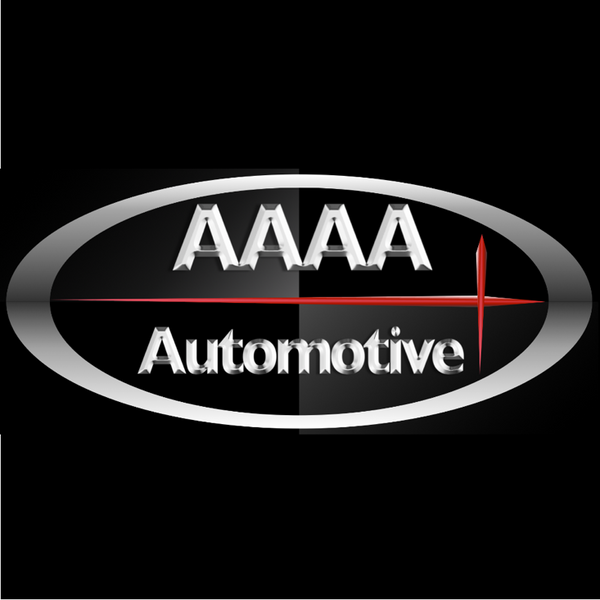NOS vs OE vs OEM vs Aftermarket Parts - What you need to know

At AAAA Automotive Parts, we sell primarily NOS (New, Old Stock) auto parts. Because of that we get asked to explain to people what NOS means, and from time to time the response we hear is "Oh, that's the same as OEM parts, right?". Not necessarily.
Before you set out to buy parts online, you should know what you are buying. To do that, you need to understand the difference between the various types of parts, and this blog post should be a handy guide.
NOS Auto Parts

NOS stands for "New, Old Stock" parts. These are parts that are brand new, never installed on a vehicle, but may be upwards of 40 years old. These are not remanufactured parts, they are brand new. They were just manufactured many years ago. NOS auto parts may be OE, OEM or Aftermarket parts. The "Old Stock" part of NOS auto parts is important. It distinguishes auto parts from copies or replica parts that may be new, but weren't made by the original equipment manufacturer. Which brings us to...
OE Auto Parts
OE stands for "Original Equipment". These are the parts that were originally installed in your car. They may have a stamp or logo embossed or printed on the part itself. In case you don't know this already, car and truck manufacturers (Ford, GM, Honda, etc) don't actually manufacture all the original equipment components that they assemble the finished vehicle from. If available at all, OE parts can normally only be purchased from a dealer (if the part is current) or from an NOS seller (if they are older). So if you have a Jaguar, for instance, the fuel injectors installed at the factory (the OE injectors) were probably made by a subcontractor, like (for instance) Bosch. Which brings us to …
OEM Auto Parts

OEM stands for "Original Equipment Manufacturer". This term causes a lot of confusion among people buying auto parts. The OEM is not (necessarily) the company who built the car, but rather a supplier of components or sub-assemblies to the manufacturer. For instance, Bosch makes components for a lot of manufacturers. If you buy a fuel injector in that was made by Bosch (the OEM), it may be identical to the fuel injector that was installed at the factory (the OE part). There can be differences though. Sometimes OE parts are marked with the brand or logo of the company who builds the car, and OEM parts (which are otherwise identical) may not carry the brand marking. This can make a difference when doing a restoration project on a car that will compete in concours events.
Aftermarket Auto Parts

Aftermarket parts are normally manufactured by someone other than the OEM manufacturer. In essence, they are copies of the OE part that claim to provide the same fit and function as the OEM or OE part they replace. They are typically less expensive than OE or OEM parts and can be very helpful when doing a repair project on a budget. Their fit and function can vary, sometimes significantly, from OE and OEM products. So there's a tradeoff - Aftermarket parts may not be as high a quality as OE or OEM products, but they cost less. Sometimes a lot less.
Remanufactured Auto Parts

Have you ever purchased a car part and had to either turn in the old part or pay a core charge? Chances are you are buying a remanufactured part. Remanufactured parts are just what they sound like - someone turned in a "core" or worn part and took home a "new" (or reman) part. The core is sent off to a company who reconditions the part - cleans it, replaces any broken, worn or missing pieces, and sells it on as a remanufactured part. In a way, remanufactured parts are also used parts, but with a difference: they have been reconditioned. Most manufacturers have one or more manufacturer authorized remanufacturer, who refurbishes worn parts and returns them to the manufacturer. Manufacturer authorized remanufacturers usually have to certify that the remanufactured parts meet or exceed the design specifications of new, OE parts. When you have your car serviced and parts need to be replaced, it's common to have your parts replaced with remanufactured ones; this saves cost both for you and for the repair facility. This is true even at a dealership.
Used Auto Parts
Used auto parts are exactly what they sound like - they are recycled components from other vehicles. They have been previously installed on a vehicle, have been removed (perhaps cleaned up a bit) and are sold on to be used again. This doesn't make them a bad choice; in fact many times the only way to obtain the correct part for an older vehicle is to buy a used part. Used parts can offer a cost saving alternative to new or remanufactured parts, particularly if they are not subject to wear or other deterioration during use. Think of body parts - fenders, doors, or trim pieces may not be available as either new or NOS parts. In cases like this used parts make a lot of sense. On the other hand, used parts may not be without flaws, and in fact can be in worse shape than the part they are replacing. Generally speaking, used parts should be avoided if they have moving parts (that can be subject to wear) or electrical or electronic components (that can have flaws that aren't apparent until you install them).
Keep up with our blog posts and learn more about the different parts that are available to you.
